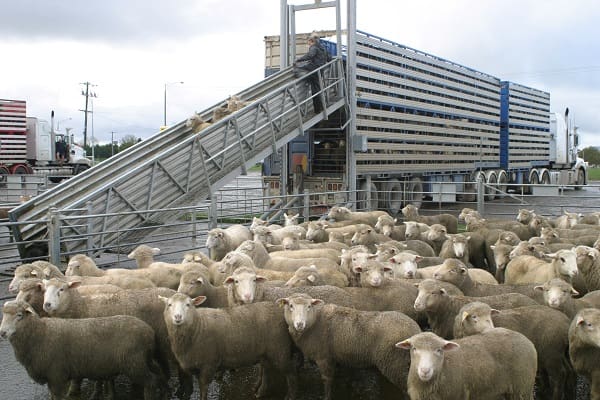
THE South Australian government plans to inject $7.5 million into the state’s red meat sector in a bid to grow productivity in the industry and strengthen biosecurity.
The investment, from the state’s Economic and Business Growth Fund, will focus on technology adoption, vital infrastructure for growth and measures to enhance biosecurity in the red meat industry.
State Primary Industries and Regional Development minister Tim Whetstone said the funding support would aim to boost on-farm productivity to increase the number of sheep and cattle that are raised and processed in South Australia.
“This investment will build on the Beef and Sheep Industry Blueprints document which highlight enormous opportunities for South Australia to increase farmgate returns and create greater market access,” Mr Whetstone said.
A key element of the proposal will be a planned roll-out of voluntary electronic individual sheep identification readers to increase traceability in the sector.
“This government wants to support our producers to increase the number of cattle and grow the sheep flock to capitalise on strong market returns,” Mr Whetstone said.
Further investment would also be made in the state’s One Biosecurity program, which has seen almost 400 livestock producers join since it was announced last year.
“Biosecurity is at the forefront of the Government’s agenda to grow agriculture and One Biosecurity aims to provide greater traceability and market advantage for our producers on a world stage,” Mr Whetstone said.
“We recognise the importance of growing the state’s agriculture sector and the red meat industry will play a vital role by building on our economic strengths. The red meat and wool industry is South Australia’s largest manufacturing employer supporting 30,000 jobs.”
More than 11 million sheep, 950,000 head of cattle and 57 million kilograms of wool are produced annually in South Australia with a total production and processing revenue of $2.4 billion.
“The long-term aim is to increase the amount of quality product available for processing,” Mr Whetstone said.
The government says funding will focus on three areas:
- Improved Productivity: In partnership with industry, private sector and universities, the investment will help consolidate extension programs, demonstrating the value of business planning and data-based decision making to building industry resilience to adverse events.
- New Infrastructure: Funding will stimulate industry and private sector investment in installation of individual animal identification readers and systems for sheep in key saleyards, meat processing facilities and on-farm. The use of this technology will demonstrate benefits to traceability and productivity, accelerating adoption of individual animal identification.
- Enhance Market Access: Funds will be invested in the SA Government’s ‘One Biosecurity’ program, to enhance both the online system and assist in industry take-up.
Industry response
The Australian Meat Industry welcomed the initiative the South Australian Government had made in supporting the growth, productivity and biosecurity of the State’s local red meat manufacturing industry.
“The post farm-gate to plate red meat manufacturing industry is the unsung hero of the rural economy, contributing around $21 billion to Australia’s GDP,” AMIC’s chief executive officer, Patrick Hutchinson said.
“Importantly, this part of the red meat supply chain is Australia’s largest agriculture exporter, generating $16 billion in income, and is one of the largest rural employers by a country mile,” he said.
“While we have seen the worst drought in living memory and recent catastrophic floods in Queensland, which have affected one part of the supply chain, the devastation has reverberated along the full length of the red meat supply chain, affecting many processors, smallgoods manufacturers and independent butchers – many of whom are small business owners in regional and rural Australia.”
Labour drought
In addition, processors were facing ‘further droughts of their own’ – a drought of workers caused by an unfit visa system, a lack of relief from non-tariff barriers to export markets, excessive operating costs such as energy and an increasing red-tape burden, Mr Hutchinson said.
“We have now reached a point where many links in the red meat supply chain are straining to breaking point and if wider government support is not provided, the red meat manufacturing industry could face the same fate of many of our now-defunct manufacturing industries.”
“The South Australia Government knows this only too well with the demise of car manufacturing, and is making good inroads to support the State’s red meat industry,” he said.
“We all want farmers to thrive, but the reality is that a threatened red meat supply chain beyond the farm gate will be the next crisis farmers will have to face when drought conditions finally turn and production levels get back to normal.”
Sources: PIRSA, AMIC

HAVE YOUR SAY